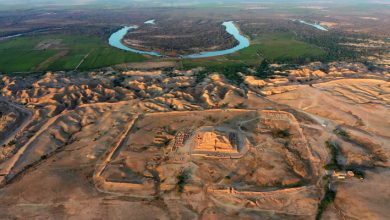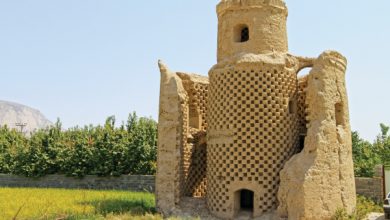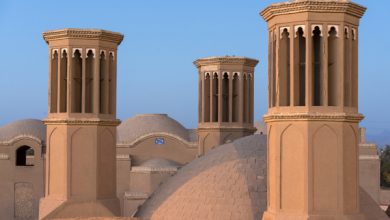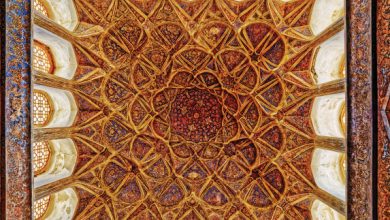
Patience and contentment through ages of turbulence and change have led to a culture that has remained intact, unique, and authentic. Through coordinated effort and close community bonds, people of Meymand have faced invasions, battled injustices, and successfully resisted intrusions into their way of life.
Research shows that the village and the vicinity have been settled for 8 to 10 thousand years, yet it is not clear why the dwellings were carved into the mountain and built underground. The original settlement seems to have been along the slope of an area called Lakhorin but eventually, there was a migration towards the mountains.
Cliff dwellings, an architecture that was born out of the need for protection against wild animals and invasions by utilizing height and rough terrain, eventually grew in sophistication and even defined certain characteristics of the ancient Persian culture.
Surrounded by hills, rivers, and valleys, Meymand village blends well in the environment as it is built on the hillside with no windows or other contrasting features. Naturally, access to water played a significant role in choosing the location and eventually became a significant element both geographically and culturally. During early Mithraism, dwellings were increasingly built close to rivers and as it was believed that God lives in the high mountains, high peaks were considered holy and the proper place to build temples. It was also believed that the sun is invincible and eternal; therefore, mountain peaks and elevated heights symbolized stability and perseverance. This belief may have also played a factor in the reason why villages such as Meymand were built into the walls of the mountain.
The rest of this article is published in the 3rd number of Gilgamesh international edition



